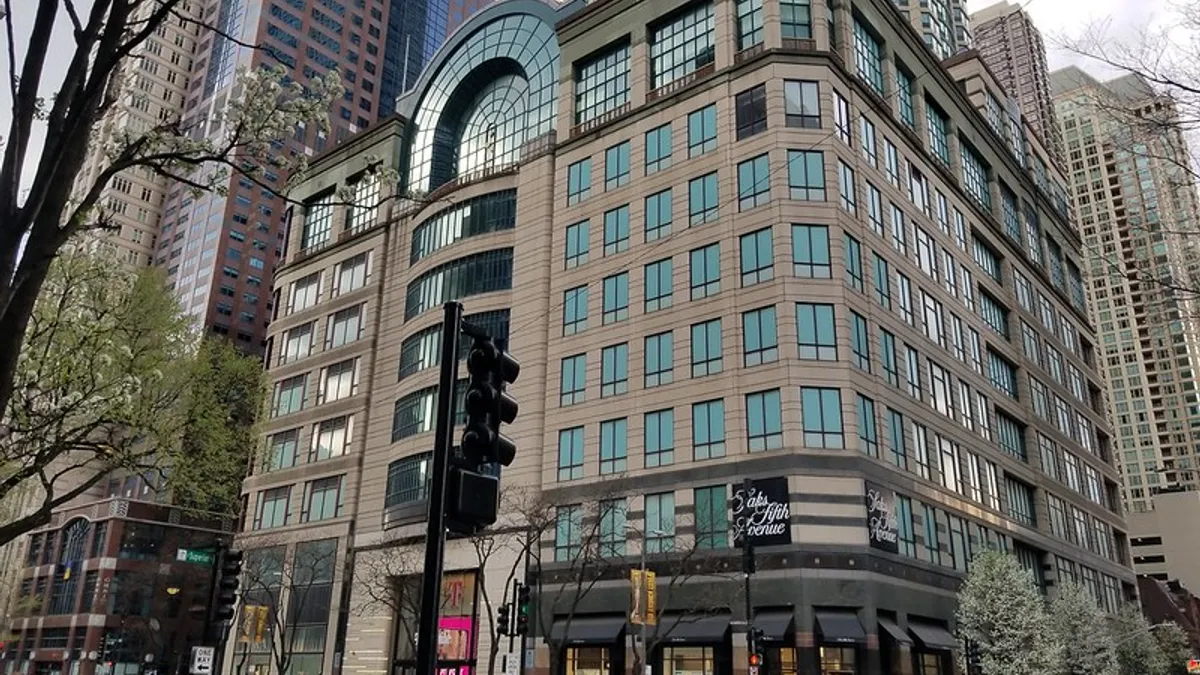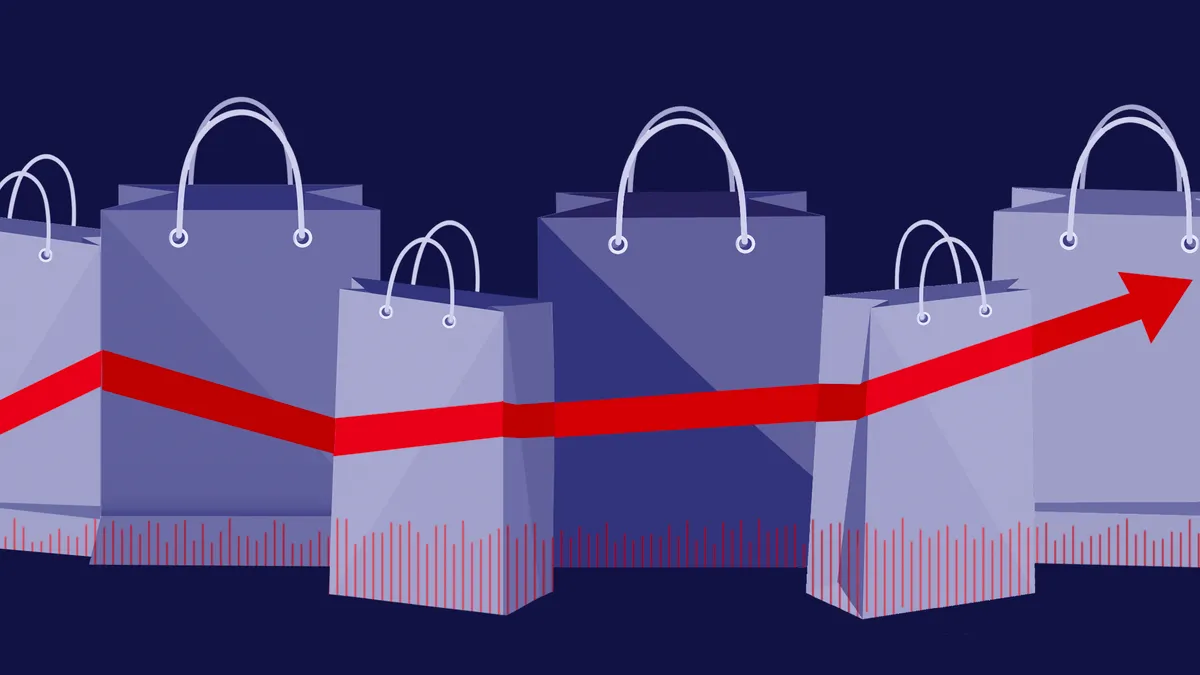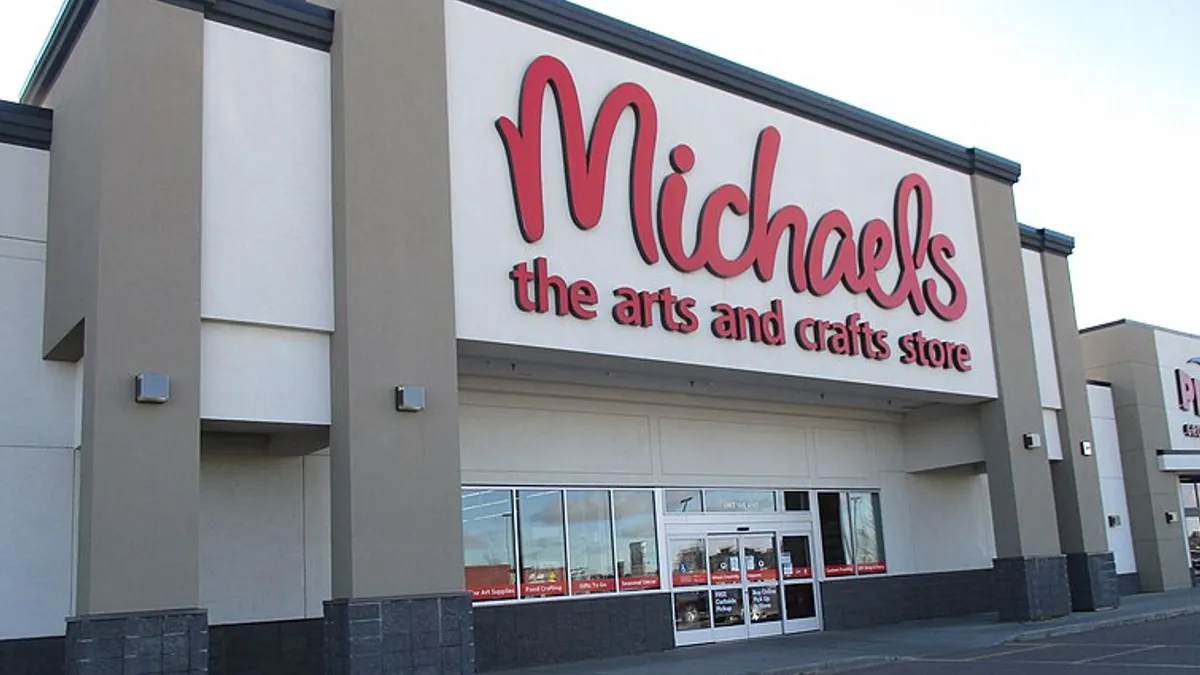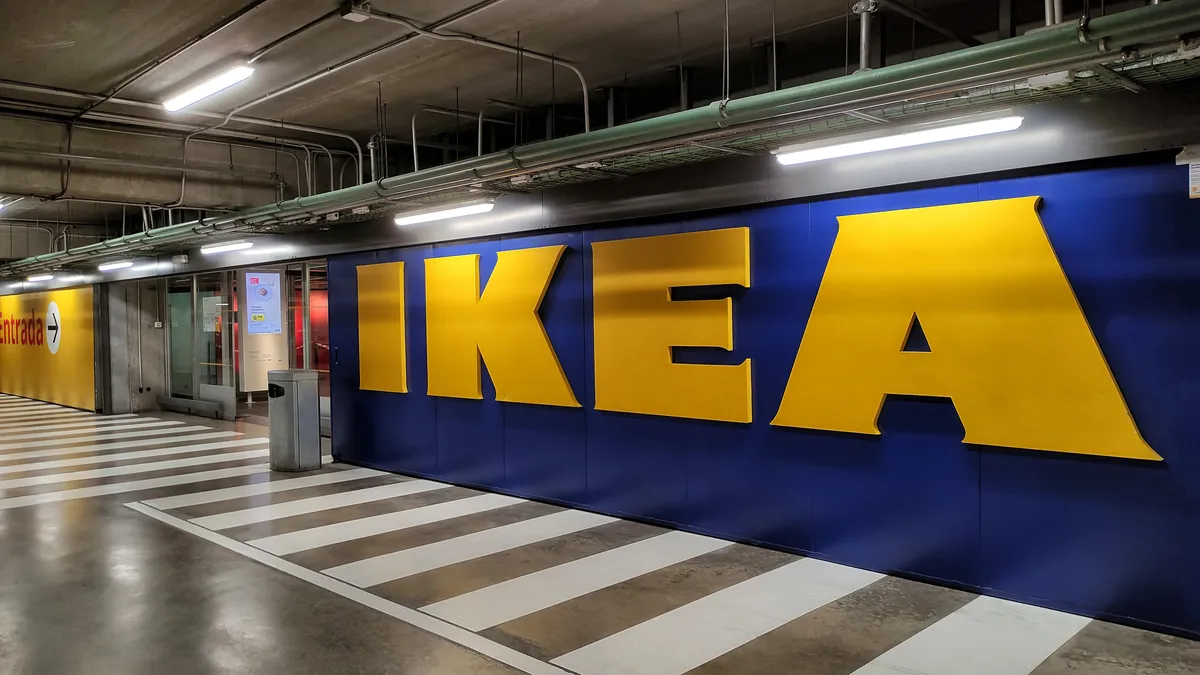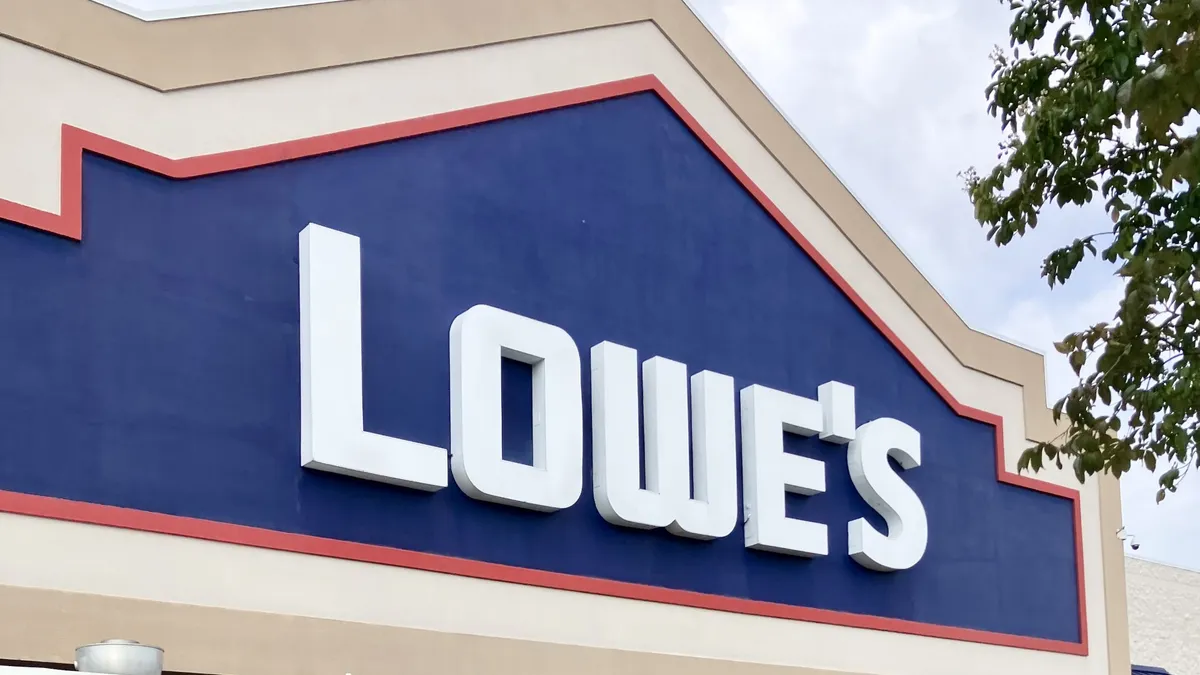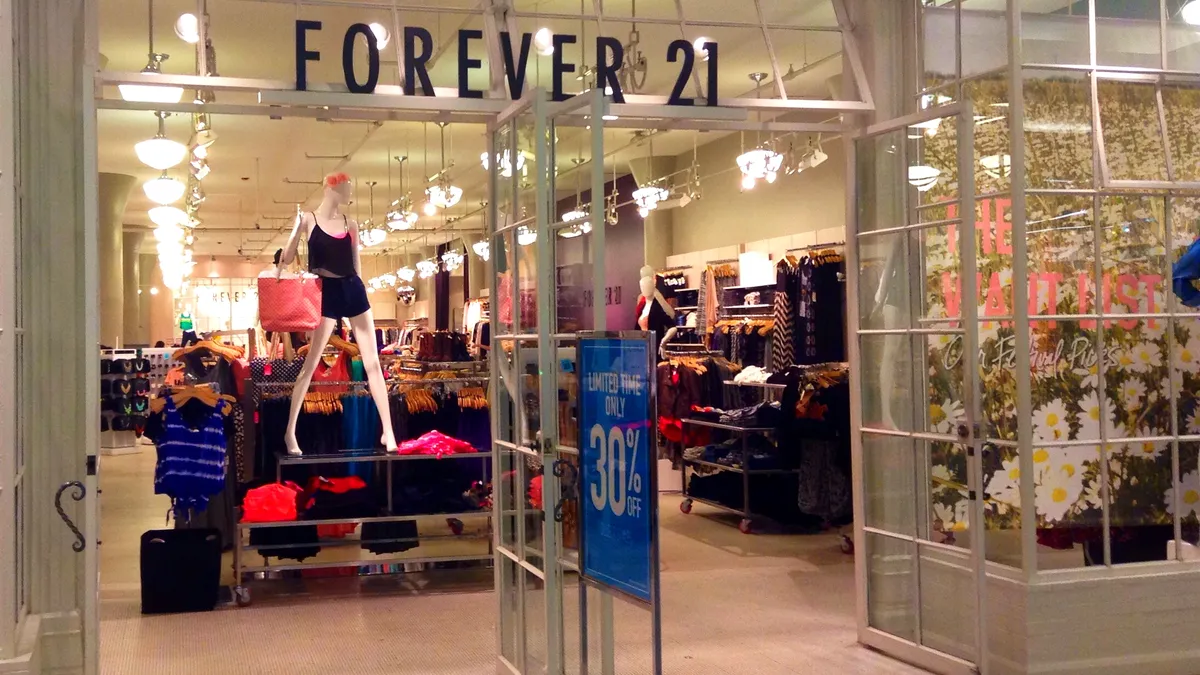A Valentine’s Day memo to Saks Global vendors from CEO Marc Metrick is doing little to alleviate concerns about unpaid invoices and instead is raising questions about the newly formed entity’s prospects.
Ahead of the $2.7 billion merger of Saks Fifth Avenue and Neiman Marcus late last year, some analysts warned that broken-down vendor relationships had already impeded inventory management and revenue. Yet, while in his Feb. 14 note Metrick acknowledges an 18-month backlog of unpaid vendor bills, he also lays out a prolonged payment plan and appears to play hardball with brands.
“Our expectation is that this provides the clarity and certainty you have been seeking,” he wrote.
For many, it doesn’t.
Seeking payment
Vendors supplying Saks have complained to press outlets, including Retail Dive, that they haven’t been paid for several months. Some small brands, owed tens of thousands of dollars, say they are beginning to struggle. Saks Global declined to comment to Retail Dive for this story.
Most vendors understand that risk is endemic to the retail-wholesale relationship: A brand may not make its margins, customers may not buy the goods or the retailer may not reorder, according to Liza Amlani, principal and co-founder of Retail Strategy Group. Department stores are more volatile than ever, which can make the setup that much riskier, she said.
But Metrick’s memo, which was viewed by Retail Dive, is atypical in key ways, experts said.
Terms have changed, “effective immediately,” which applies to agreements with Saks Fifth Avenue, Neiman Marcus and Bergdorf Goodman. Not all changes are alarming. For example, purchase orders will be paid 90 days from receipt of inventory, with payments sent by wire or electronically “at the earliest date commercially possible.” This timeframe is now common in the industry, though marketplace sellers who drop-ship often enjoy faster turnarounds, according to Amlani. Sellers on Walmart’s marketplace, for example, are paid 14 days after they fulfill an order.
More unusual is Saks’ decision to delay past-due payments until July and dole them out in 12 installments. Especially ominous to some is Metrick’s implication that unless brands resume shipments or order fulfillment — even if they haven't been paid — they risk getting cut from Saks Global's roster.
“Without product, Saks would fail. They would not exist.”

Liza Amlani
Co-Founder, Retail Strategy Group
“We are looking forward to seeing the flow of merchandise return to normal levels so that we can begin to focus on driving our businesses together,” Metrick said. “In the absence of the normal flow of goods, we anticipate that we will have to make changes to our brand partner matrix.”
It’s helpful that Saks Global addressed the nonpayment concerns, but, ideally, communications and negotiations occur between vendors and buyers on a personal basis, rather than via a mass memo from the CEO, according to Amlani.
“It's almost like a bully, saying ‘We're doing this, whether you like it or not, and if you don't do this for us, guess what, we could drop you,’” she said. “But without product, Saks would fail. They would not exist.”
Indeed, Saks Global may not be able to afford the latest upheaval in its relationship with vendors, given its track record. In December, ahead of the deal, S&P Global Ratings analysts led by Frederico Carvalho forecast 5% pro forma revenue growth in fiscal 2025 for Saks Global, assuming that additional funds, including contributions from shareholders like Amazon and Salesforce, would help improve supplier partnerships.
“While the broader retail sector has faced weak consumer demand for discretionary categories, deteriorated relationships with vendors have aggravated the drag on Saks Global's revenue trends, including disrupted inventory flow as some vendors withheld products,” Carvalho said.
Take it or leave it?
Metrick’s note has left some brands wondering about the financial viability of Saks Global more broadly, and they have reason to worry, according to Mark Cohen, a retail veteran who previously ran retail studies at Columbia Business School. The payment delays suggest that the years-long difficulties at Saks and Neiman Marcus may have only been exacerbated by their merger, he said by email.
“Late payment for merchandise receipts at Saks has been a longstanding chronic issue. Saks was a House of Cards before the NM acquisition,” he said. “Now, it's anyone’s guess what kind of liquidity exists after the NM deal closed.”
Metrick addressed this, telling vendors, “With the closing of the NMG acquisition, our financial position is strong and our leverage is reduced, which will allow us to make investments to be a better partner to our brand partners.”
To back this up, he pointed to a Jan. 29 note from S&P Global Ratings, which conferred a ‘CCC+’ issuer credit rating and stable outlook following the deal’s closing. According to Metrick, those analysts reinforced “that the company has ample liquidity to execute on its strategy and the integration of the business.”
“Late payment for merchandise receipts at Saks has been a longstanding chronic issue. Saks was a House of Cards before the NM acquisition."

Mark Cohen
Former Director of Retail Studies at Columbia Business School
But that commentary applies somewhat narrowly. Also in that note, S&P Global Ratings analysts, again led by Carvalho, describe Saks Global’s capital structure as “unsustainable because it is highly dependent on favorable business, economic, and financial conditions,” and maintain that any synergies would have to be significant. They also point to new debt — a $1.8 billion asset-based lending facility and $2.2 billion in senior secured notes — and “a persistent free operating cash flow deficit.”
The state of Saks Global’s vendor relationships may already be having consequences. On a recent visit, Saks Fifth Avenue’s store in Toronto had a dearth of spring merchandise, though that could be because the company may plan to close that store, Amlani said. Saks Global didn’t immediately respond to requests for comment regarding plans for that location or the reason for the merchandising issue.
“I would doubt that the larger luxury houses will accept these dictates under any circumstances,” Cohen said. “For smaller luxury players this is a ‘take it or leave it’ moment they will have to deal with.”



